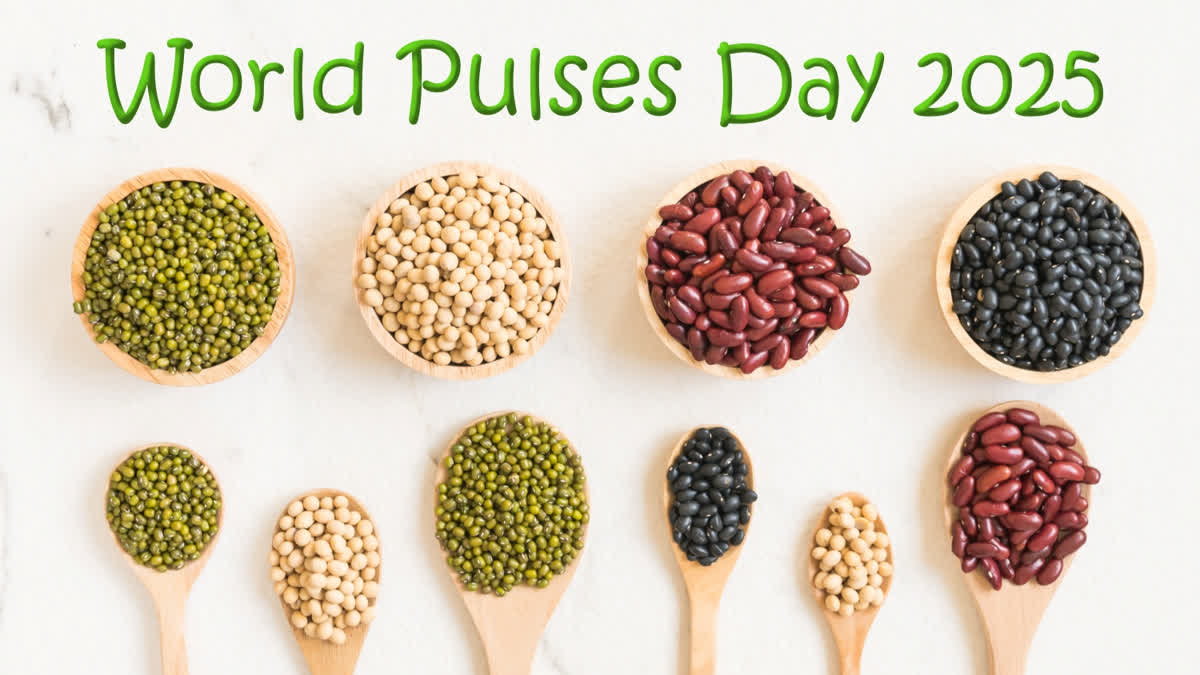In the Union Budget 2025-26, the government made a bold announcement: a six-year mission to become self-sufficient in pulses. “Our government will now launch a six-year Mission for Aatmanirbharta in Pulses with a special focus on tur (pigeon pea), Urad (black gram) and masoor (yellow lentils)...central agencies will be ready to procure these three pulses, as much as offered during the next four years from farmers who register with these agencies and enter into agreements,” Finance Minister Nirmala Sitharaman said while presenting the budget.
In a country where meat is a luxury for many, pulses provide a vital, affordable source of nutrition. The government’s decision to aim for self-sufficiency is a calculated move to improve public health. Research shows that diets rich in pulses can lower the risk of heart disease, control blood sugar levels, and support weight management.
Why Now?
In recent years, urbanization and changing dietary habits have led to a decline in traditional eating practices. Fast foods and highly processed diets have replaced many of the time-honoured, home-cooked meals that once defined Indian life. The rise in lifestyle-related health issues, such as diabetes and heart disease, is partly linked to this shift. By promoting pulses, the government hopes to reverse these trends.
World Pulses Day 2025
Back in 2013, the United Nations started planning to make 2016 the International Year of Pulses, with the Food and Agriculture Organization taking the lead. Building on this, the UN officially declared World Pulses Day in 2018 to highlight the importance of pulses every year. The first celebration took place in 2019, and it has been observed annually ever since.
This day ties in with the UN’s 2030 Sustainable Development Goals because pulses are not just nutritious—they also require less water, improve soil health, support diverse farming, and reduce the need for chemical fertilizers by naturally keeping pests and diseases under control.
The beauty of pulses lies not only in their health benefits but also in their versatility. They are the backbone of many traditional Indian dishes, from hearty dals to flavourful curries, and even desserts in some regional cuisines. Their robust nutritional profile has made them a favourite among nutritionists and health experts around the world.
Nutritional Value Of Different Pulses In India
Beyond economic policy, pulses hold a secret: they’re nutritional powerhouses that can help transform your health. Think of pulses as the “slow food” movement’s secret weapon. Their natural goodness, combined with low glycaemic properties, makes them a perfect antidote to modern diet woes.
| Pulse | Calories | Protein | Carbohydrates | Fibre | Good Fat |
|---|---|---|---|---|---|
| Mung Beans | 347 kcal | 23.9 g | 62.6 g | 16.3 g | 1.2 g |
| Rajma (Kidney Beans) | 127 kcal | 8.7 g | 22.8 g | 7.4 g | 0.5 g |
| Channa (Chickpeas) | 164 kcal | 8.86 g | 27.4 g | 7.6 g | 0.5 g |
| Tur Dal (Pigeon Peas) | 343 kcal | 21.7 g | 62.78 g | 15 g | 1.49 g |
| Masoor Dal (Red Lentils) | 352 kcal | 24.4 g | Data not available | 10.7 g | 1.06 g |
| Urad Dal (Black Gram) | 341 kcal | 25.2 g | 58.99 g | 18.3 g | 1.64 g |
Source: USDA National Nutrient Database
1. Mung Beans
Mung beans are tiny but mighty. Packed with protein, fibre, vitamins, and antioxidants, these legumes are known for their digestive benefits. They help clear your system and even have a mild detoxifying effect. Adding mung beans to your diet can help keep your digestion smooth and your body feeling light.
2. Rajma
